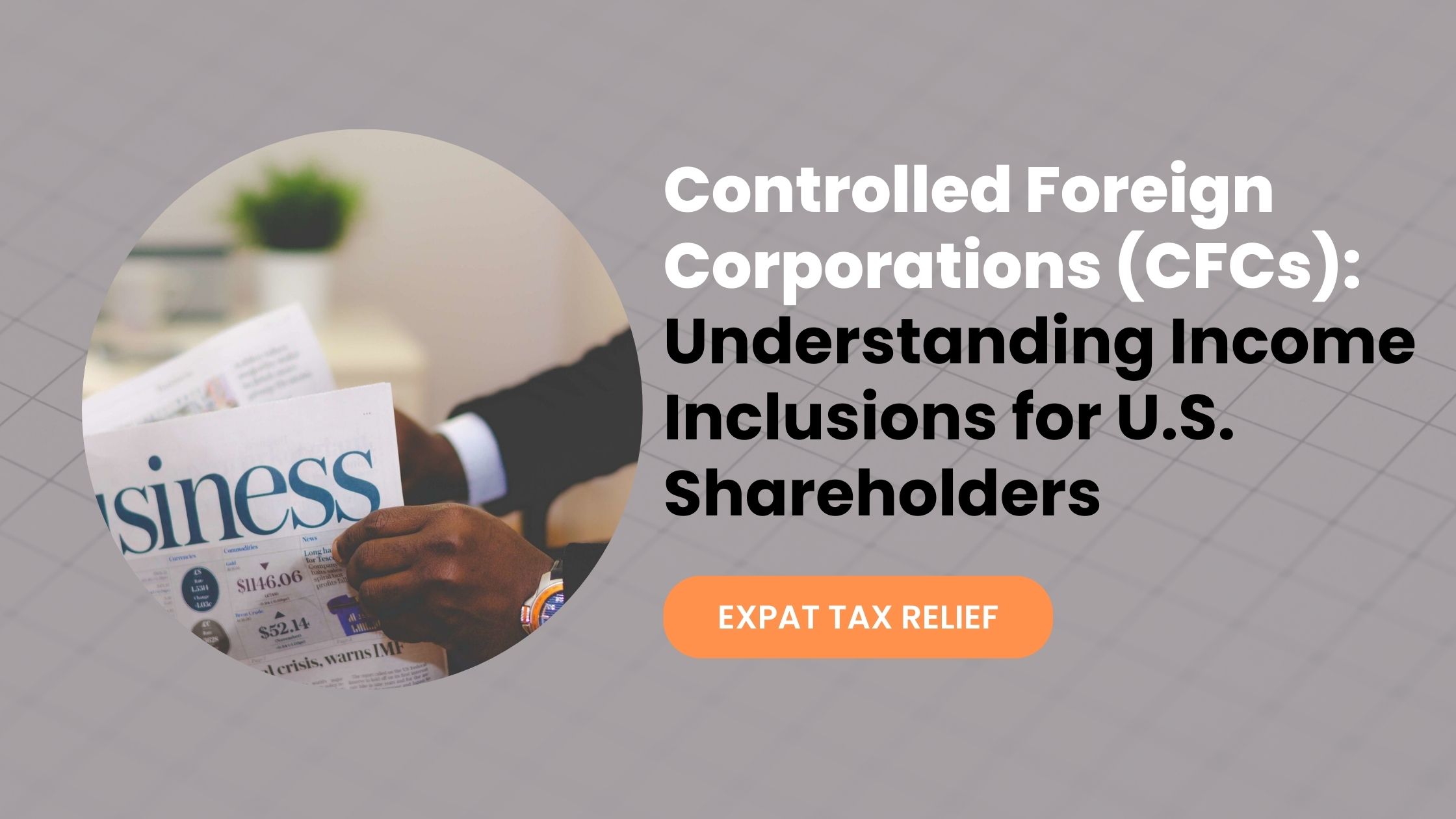In the midst of an ever-evolving tax environment, both taxpayers and tax professionals are increasingly seeking guidance on the intricate international tax compliance and reporting obligations imposed on U.S. shareholders of controlled foreign corporations (CFCs).
For clarity, a “U.S. shareholder” refers to a U.S. person owning, or deemed as owning, 10% or more of the total voting power or stock value of the CFC (as per Sec. 951(b)). The expansion of U.S. international reporting requirements for such shareholders is primarily attributed to the Tax Cuts and Jobs Act (TCJA) of 2017 (P.L. 115-97), which introduced new categories of foreign income inclusions, notably the transition tax under Sec. 965 and the global intangible low-tax income (GILTI) regime under Sec. 951A.
The focus here is to offer clarity and insights into the various income inclusions a U.S. shareholder of a CFC must consider concerning its current-year earnings and profits (E&P) or deficits, and how to accurately report and monitor any foreign inclusions related to E&P on Form 5471, Information Return of U.S. Persons With Respect to Certain Foreign Corporations.
Background on TCJA Changes:
Before delving into current tax rules, it’s beneficial to revisit the alterations brought about by the TCJA.
Pre-TCJA: Previously, a U.S. shareholder could typically defer offshore E&P indefinitely, as long as the CFC didn’t trigger the U.S. anti-deferral regime, mainly Subpart F income provisions under Sec. 952 and investment in U.S. property provisions under Sec. 956. Consequently, without actual dividend distributions, deferral of offshore E&P was feasible, provided the U.S. anti-deferral rules didn’t apply.
However, if a U.S. shareholder had to include CFC earnings in U.S. taxable income due to Subpart F income, investment in U.S. property income, or actual dividends paid, tracking the CFC’s annual E&P balances was essential. This ensured proper maintenance of previously taxed earnings and profits (PTEP), thus avoiding double taxation on the same income in the future. This reporting was done on Schedule J and Schedule P of Form 5471.
Post-TCJA: The TCJA introduced the GILTI regime under Sec. 951A, aimed at imposing a minimum tax on a U.S. shareholder’s foreign-source income from low-tax jurisdictions. GILTI aims to deter profit shifting from the U.S. to such jurisdictions by transferring intangible assets offshore. With the advent of GILTI and similar global initiatives, deferral of significant offshore E&P from U.S. taxation has become increasingly challenging. Consequently, reporting requirements for these inclusions and PTEP accounts on Form 5471 have become more intricate and integral.
Common Foreign Income Inclusions of US Shareholders:
U.S. shareholders of a CFC generally include the following in their gross income:
- Subpart F income: This encompasses a U.S. shareholder’s share of a CFC’s E&P from specified income-generating activities, including foreign personal holding company income (FPHCI), foreign-based company sales income (FBCSI), foreign-based company services income, insurance income, and income from participation in international boycotts.
- Sec. 956 investment in U.S. property income: U.S. shareholders are required to include their share of the average quarterly amount of U.S. property held by the CFC, aimed at preventing the deferral of untaxed E&P in CFCs repatriated to the U.S.
- GILTI: The GILTI rules aim to prevent U.S. shareholders from shifting profits to low-tax jurisdictions. GILTI inclusions require shareholders to evaluate their share of net income and losses from all CFCs, with excess income subject to U.S. taxation.
- Other inclusions under Sec. 1248 and Sec. 245A: These include gain recognized on the sale of CFC stock recharacterized as dividend income and disallowed dividends-received deductions for hybrid dividends received by U.S. shareholders.
Using Schedules J and P with Foreign Income Inclusions:
Schedules J and P of Form 5471 track accumulated E&P and PTEP of a CFC annually. Incorrect tracking could lead to severe tax consequences, as distributions from a CFC to U.S. shareholders are classified based on E&P and PTEP.
The IRS guidance (Notice 2019-1) provides instructions on PTEP treatment and ordering rules under Sec. 959. Accurate accounting for a CFC’s E&P and PTEP directly impacts subsequent distributions from the CFC and the taxable income of a U.S. shareholder.
For each type of foreign income inclusion, specific columns on Schedules J and P are utilized to track PTEP accurately, ensuring compliance with reporting requirements and avoiding tax pitfalls.
GILTI Inclusions:
GILTI inclusions are calculated at the U.S. shareholder level and may result in income inclusions irrespective of E&P deficits across CFCs. The IRS has provided guidance on how GILTI inclusions should be allocated back to each CFC for tracking E&P and PTEP balances on Schedules J and P.
Proper reporting of GILTI inclusions on Schedules J and P is crucial to ensure accurate tracking of untaxed E&P and PTEP across CFCs, as per IRS regulations.
In conclusion, navigating the complex landscape of international tax compliance and reporting for U.S. shareholders of CFCs requires a comprehensive understanding of the various income inclusions and meticulous tracking on Form 5471. Compliance with these requirements is essential to avoid potential tax liabilities and penalties.


